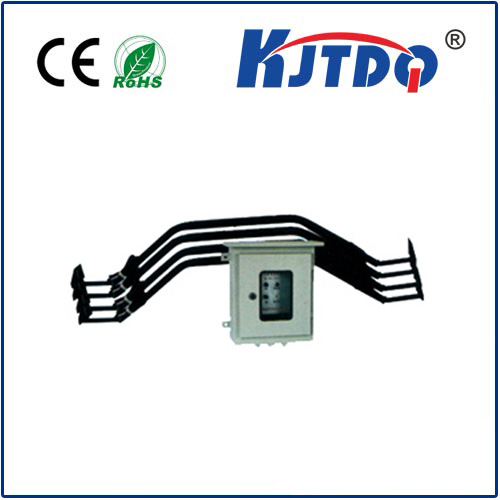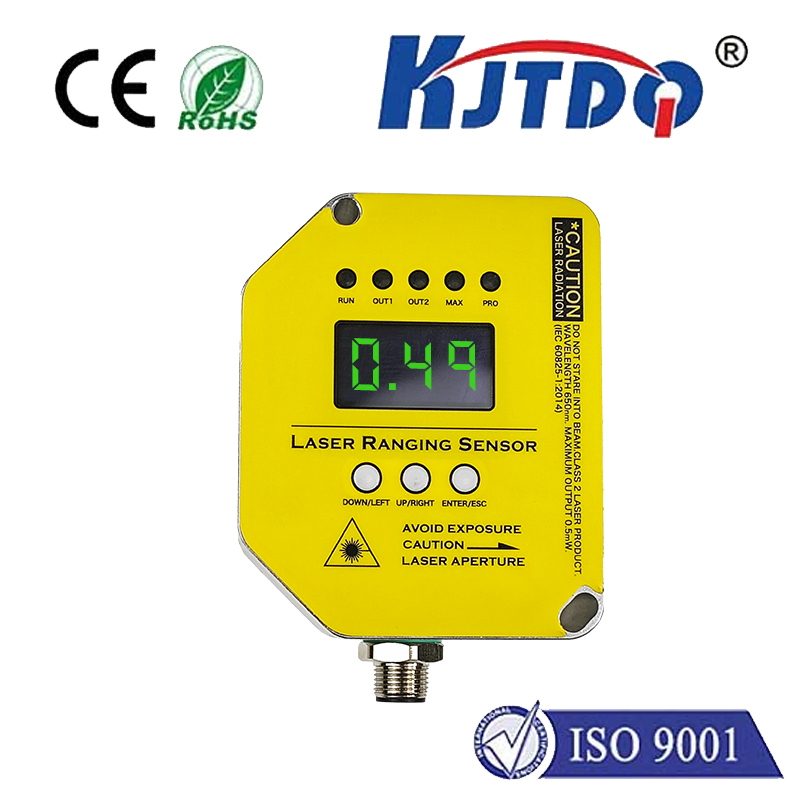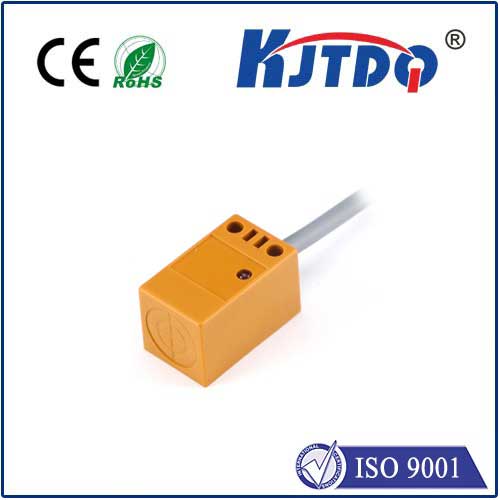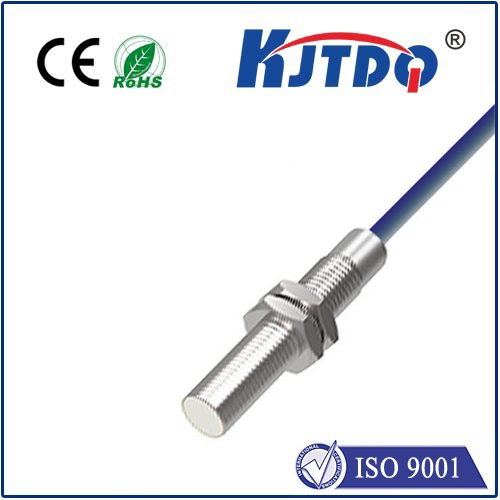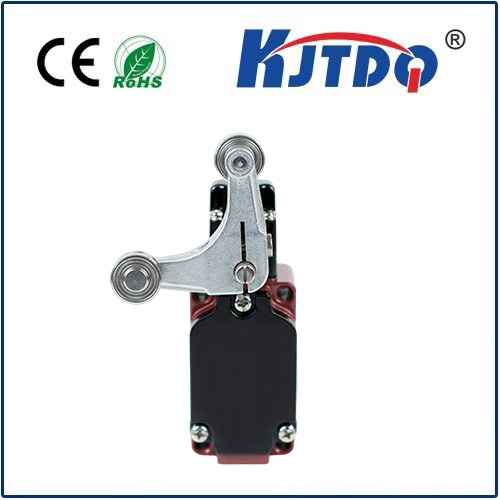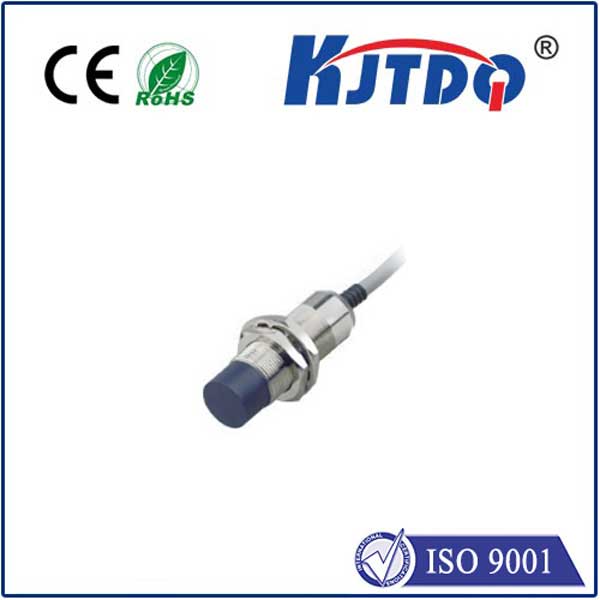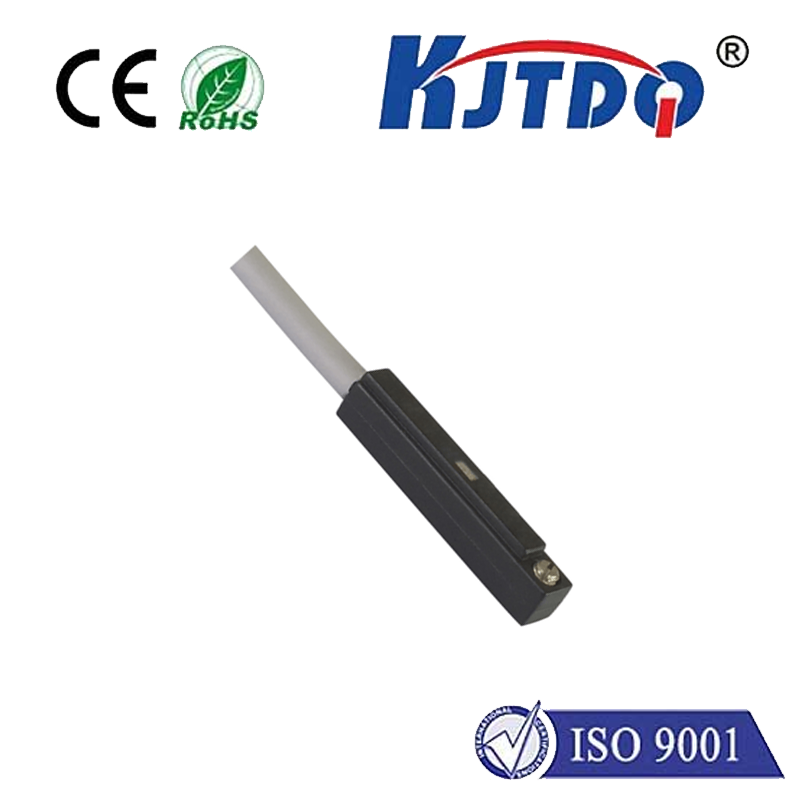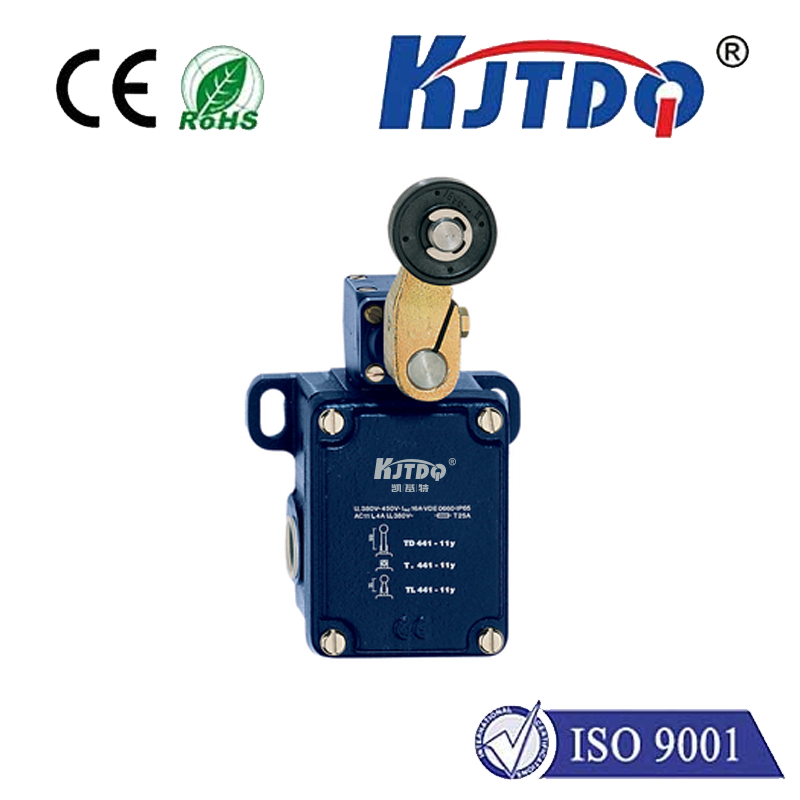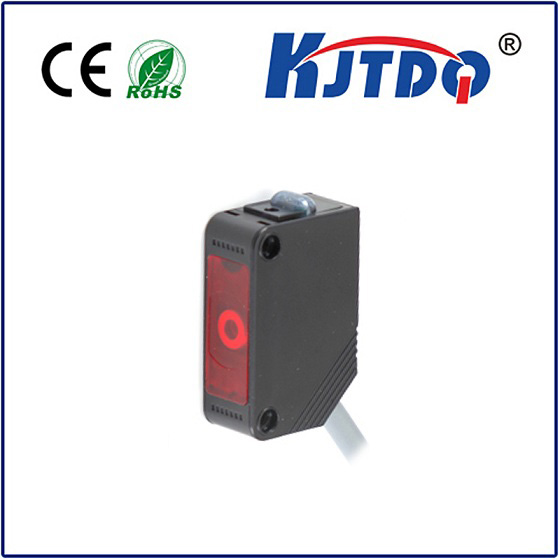laser speed sensor
- time:2025-09-11 04:08:07
- Click:0
Beyond the Touch: The Unseen Precision of Laser Speed Sensors
In a world driven by motion, accurately measuring speed isn’t just desirable; it’s often critical. Whether it’s ensuring the smooth operation of high-speed production lines, guaranteeing vehicle safety, or advancing scientific research, traditional contact-based sensors sometimes fall short. Wear and tear, contamination risks, or the sheer impracticality of physical contact with delicate or hazardous materials create significant limitations. This is where the laser speed sensor shines – offering unparalleled precision and reliability from a distance. Like an invisible, high-tech hand, these sensors provide crucial speed data without ever making contact.
The Core Principle: Light as the Ultimate Speed Trap
At its heart, a laser speed sensor operates on the principle of using highly focused, coherent light – laser light – to detect and quantify the movement of a target surface. There are two primary methodologies employed:

- Laser Doppler Velocimetry (LDV): This sophisticated technique relies on the Doppler effect. When a laser beam strikes a moving surface, the frequency of the reflected light shifts slightly. The magnitude and direction of this frequency shift are directly proportional to the speed and direction of the target relative to the sensor. Complex optical interferometers within the sensor precisely measure this subtle frequency change, translating it into an accurate speed reading. This method is exceptionally precise, even for very low speeds or complex surfaces.
- Time-of-Flight / Correlation: This approach generally involves the sensor emitting rapid pulses of laser light towards the target surface. By analyzing the time it takes for these pulses to return or by correlating unique patterns (speckles) on the moving surface between consecutive measurements, the sensor calculates the target’s speed. This method is often robust, cost-effective, and well-suited for a wide range of industrial applications where extreme precision isn’t the only factor.
Why Choose a Laser Over Traditional Methods? Key Advantages
The unique mode of operation bestows laser speed sensors with several compelling advantages:
- Non-Contact Measurement: This is the defining feature. The sensor remains completely separate from the target. This eliminates mechanical wear, avoids slippage, prevents contamination of the measured object (or the sensor itself), and allows measurement on surfaces that are hot, cold, delicate, sticky, hazardous, or inaccessible.
- Exceptional Accuracy and Precision: Laser technology provides extremely high-resolution measurements. These sensors can detect minute changes in speed that contact encoders or older optical methods might miss, often down to fractions of a millimeter per second. This precision is vital for quality control and research.
- High Resolution and Wide Speed Range: Capable of measuring velocities ranging from near standstill to incredibly high speeds (thousands of meters per second), laser sensors offer versatility unmatched by many contact sensors. Their high sampling rates capture rapid speed fluctuations accurately.
- Minimal Target Preparation: Unlike some optical sensors requiring retro-reflective tape or specific surface treatments, many laser speed sensors work effectively on a vast array of natural surfaces – metals, plastics, paper, textiles, wood, rubber, even liquids (surface velocity) – simplifying installation and use.
- Directional Sensitivity: Most advanced models can inherently determine the direction of movement (forward/backward), adding another layer of valuable data for process control and diagnostics.
Where Precision Meets Application: Industries Transformed
The unique capabilities of laser speed sensors make them indispensable across diverse sectors:
- Rolling Mills & Metal Processing: Precisely monitoring the speed of hot strips, wires, and rolled products is paramount for process stability, tension control, and consistent product quality. The non-contact nature is crucial here. Synchronizing multiple drives across long processing lines relies heavily on accurate, contact-free speed feedback.
- Tire Manufacturing: Controlling the speed differential between different drums during building and curing processes is critical for tire uniformity and structural integrity. Lasers provide the precise data needed without touching the sensitive rubber compound.
- Printing & Converting: Ensuring perfect registration between colors or processes requires exact web speed synchronization. Laser sensors prevent mechanical marking on delicate substrates like paper, film, or foil while providing real-time speed feedback for tension control systems.
- Paper Production: Accurate speed measurement at various stages – from the wet end to the reel-up – is essential for process optimization, minimizing breaks, and ensuring consistent paper quality on fast-moving webs. Lasers handle the humid environment and delicate surfaces.
- Automotive Testing: Used extensively in dynamometers and wind tunnels, laser sensors measure the rotational speed of wheels, shafts, engines, or even surface airflow velocity (Particle Image Velocimetry - PIV, often using lasers) with extreme accuracy, contributing to vehicle development and efficiency testing. Think of them as highly advanced police laser guns, but for engineering purposes.
- Scientific Research & Robotics: From characterizing fluid dynamics and material behavior under stress to providing precise velocity feedback for autonomous navigation and robotic arm control, laser speed sensors are vital tools in advanced research laboratories and sophisticated automation.
- Textile Production: Monitoring yarn or fabric speed non-contactly throughout spinning, weaving, and finishing processes ensures consistent quality and prevents damage.
Looking Ahead: The Future Landscape of Speed Sensing
Laser speed sensor technology continues to evolve rapidly. Key trends include:
- Increased Miniaturization & Integration: Sensors are becoming smaller, more robust, and easier to integrate into complex machinery and compact systems, including mobile robotics and drones.
- Enhanced Intelligence & Connectivity: Integration of onboard processing for edge computing, allowing for direct filtering, advanced calculations (like length measurement), and seamless output via digital interfaces like IO-Link or EtherCAT is becoming standard. This enables easier integration into Industry 4.0 frameworks.
- Multi-Point & Multi-Axis Measurement: Advances allow sensors to measure speed at multiple points simultaneously or determine components of velocity in different directions, providing richer data sets for complex motion analysis.
- Improved Performance on Challenging Surfaces: Continuous development aims to enhance the accuracy and reliability of measurements on extremely rough, transparent, or low-reflectivity surfaces, further broadening applicability.
Laser speed sensors, harnessing the power of focused light, have redefined our ability to measure motion with precision, safety, and flexibility. By eliminating the drawbacks of physical contact, they unlock possibilities in environments and applications where traditional methods falter. As technology advances, offering smarter, more integrated, and versatile solutions, the role of the laser as the eyes that see speed will only become more critical in driving efficiency, quality, and innovation across countless industries. Their invisible touch is proving indispensable for mastering the dynamics of our moving world.






